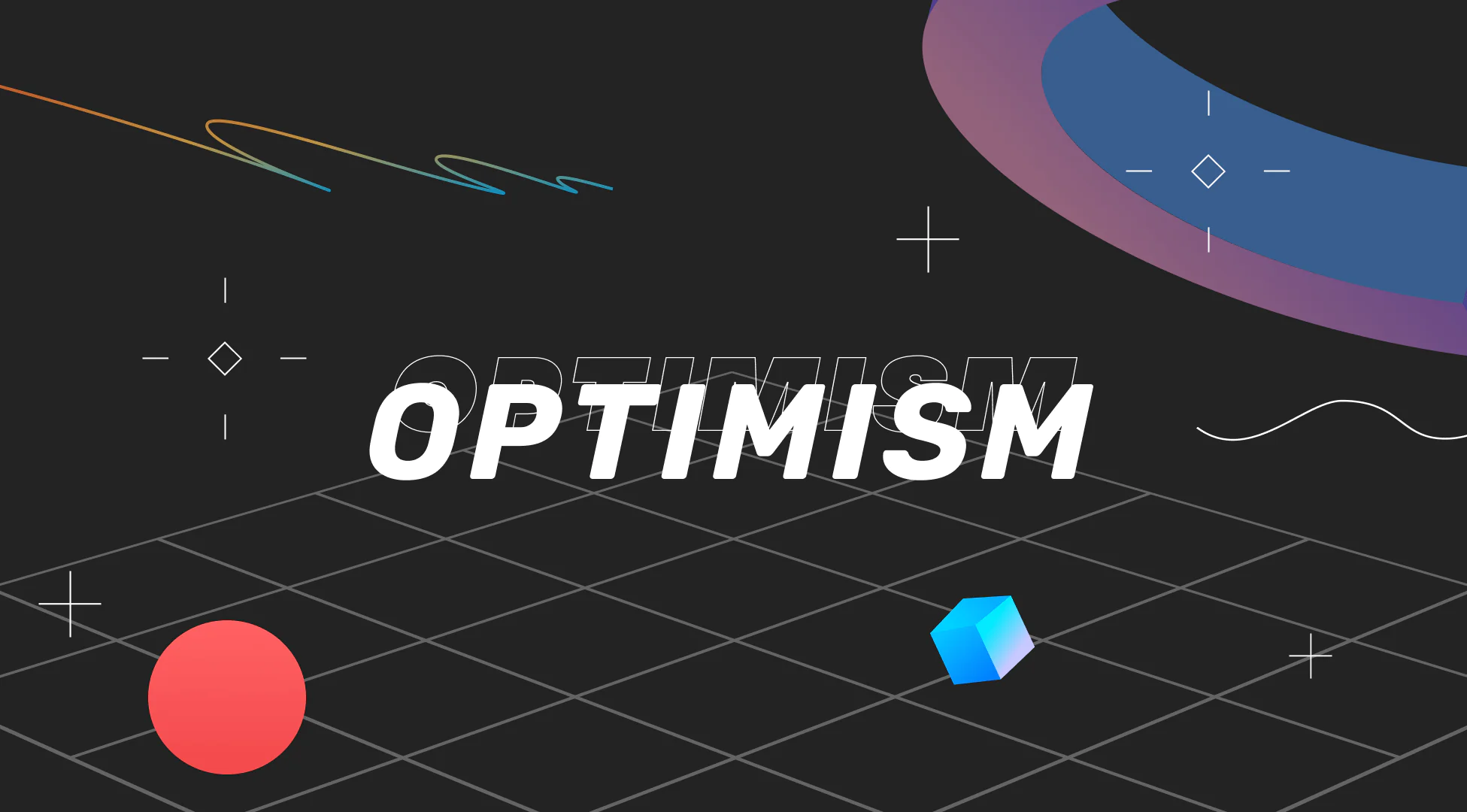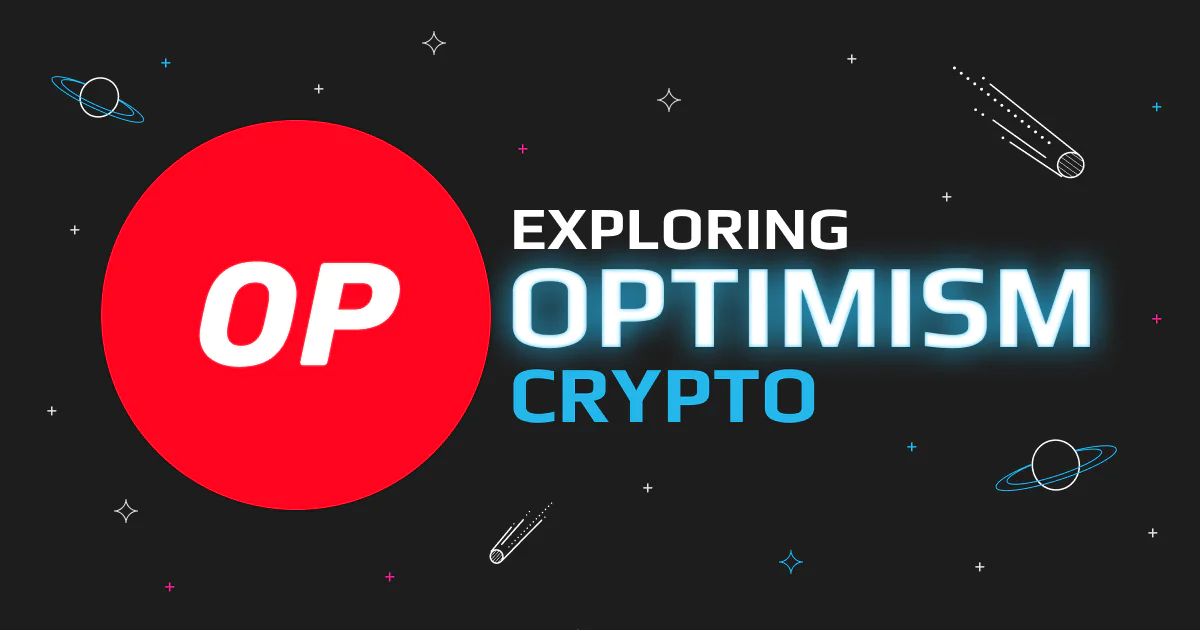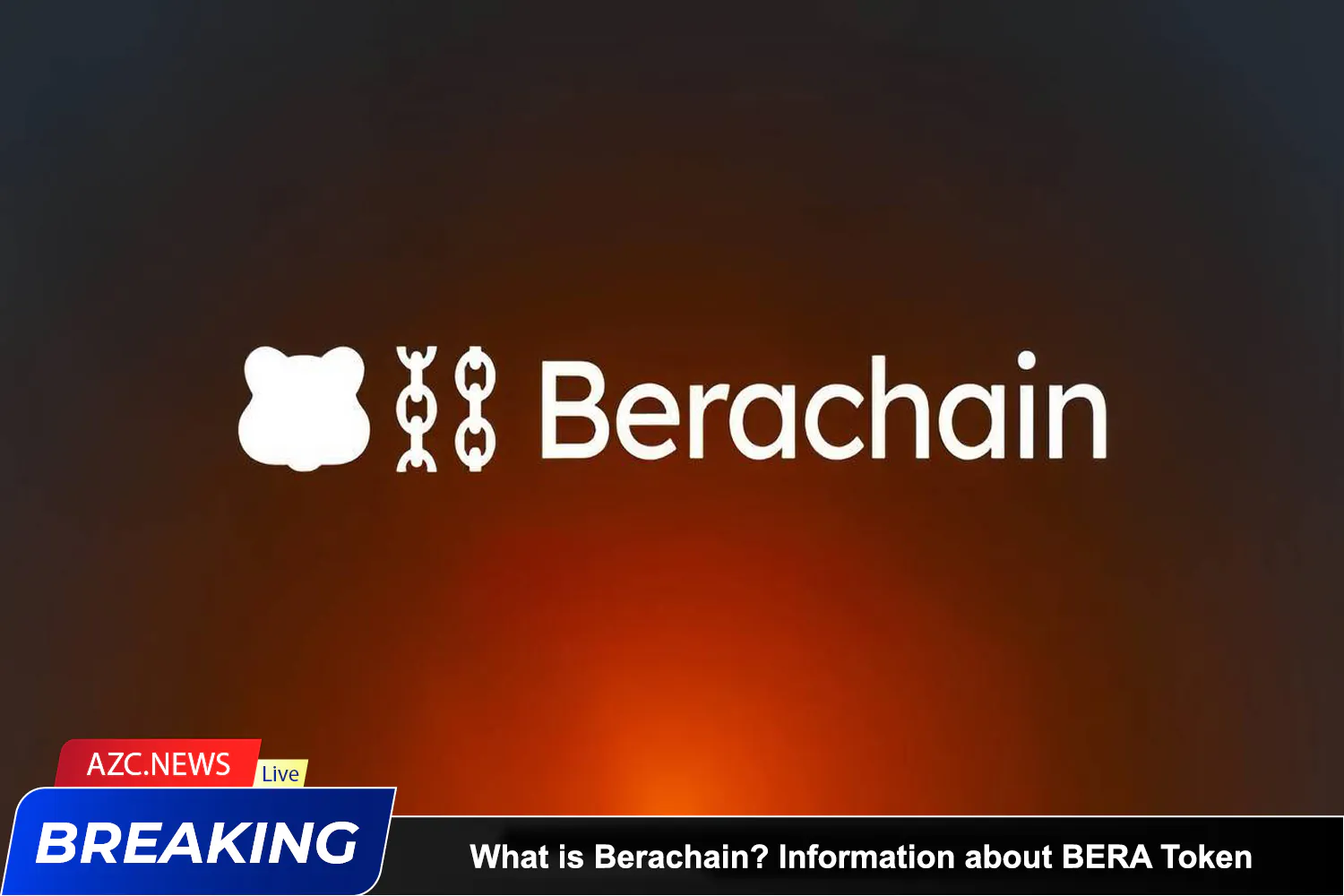Optimism is a layer 2 scaling solution built on the Ethereum network, designed to alleviate congestion and reduce transaction costs. It employs a technology known as Optimistic rollups, which efficiently bundle large volumes of transaction data into manageable batches. Optimism has gained popularity due to its cost-effectiveness and is part of the growing ecosystem of layer 2 solutions, including Arbitrum.
Optimism is governed by its native token called OP. Some of the OP tokens were distributed as an airdrop to early Optimism users in late May 2022 during a somewhat turbulent launch, and there are plans for additional token airdrops in the future.
What is Optimism?
Optimism functions as a layer 2 chain, operating on top of the Ethereum mainnet (layer 1). Transactions occur on the Optimism chain, but the transaction data is posted to the Ethereum mainnet, where it undergoes validation. This setup is akin to driving on a less crowded side street while benefiting from the security provided by a highway.
As of the time of this writing, Optimism is the second-largest Ethereum layer 2 solution, with approximately $313 million locked in its smart contracts, according to Defi Llama. Arbitrum is currently the largest, with $1.32 billion in total value locked.
The largest protocol operating on Optimism is Synthetix, a derivatives liquidity platform, with a total value locked (TVL) of $125 million. Uniswap, a decentralized exchange (DEX), is the second most popular protocol on the chain. Additionally, there are 35 protocols on Optimism with at least $1,000 locked in their smart contracts.
How does Optimism work?
Optimism relies on a technology called rollups, specifically Optimistic rollups. The term “rollups” refers to the bundling of data from hundreds of transactions, including non-fungible token (NFT) mints, token swaps, and more, into a single transaction on the Ethereum mainnet (layer 1). This consolidation significantly reduces the blockchain transaction fees, or “gas” fees, as only one transaction fee is distributed among all participants.
The name “Optimistic rollups” stems from the assumption that transactions are considered valid until proven otherwise, essentially adopting an “innocent until proven guilty” approach. There’s a time window during which potentially invalid transactions can be challenged by submitting a “fraud proof” and verifying the transactions’ computations using available state data. Optimism reimburses the gas required to execute the fraud proof.
How to use Optimism
For users, utilizing Optimism is quite similar to using the Ethereum mainnet. Your Optimism address is the same as your Ethereum mainnet address, which typically begins with “0x.” Optimism’s blockchain explorer closely resembles Etherscan, the Ethereum mainnet’s blockchain explorer.
Optimism is compatible with various decentralized finance (DeFi) wallets, including the popular choice, MetaMask. To configure your wallet for Optimism, you can simply visit a DeFi application like SushiSwap, select Optimism as your network (usually found in the top-right corner of the app), and your MetaMask wallet will automatically add and switch to the Optimism network.
However, like Ethereum mainnet, Optimism requires Ether (ETH) to cover gas fees. To start using Optimism, you’ll need to transfer ETH to your MetaMask wallet from another chain, such as the Ethereum mainnet or other layer 2 solutions like Avalanche. Several bridges support transfers to Optimism, and you can also use supported centralized cryptocurrency exchanges to fund your Optimism address with ETH. Ensure that your chosen exchange supports withdrawals to Optimism to avoid potential loss of funds.
What is OP, Optimism’s token?
Optimism introduced its native token, OP, on May 31. A total of 231,000 addresses were eligible to claim 214 million OP tokens through an airdrop, accounting for 5% of the total supply of 4.29 billion OP tokens. The remaining 95% of the supply is yet to enter the market.
OP token holders gain participation rights in The Optimism Collective, a governance system consisting of Token House and Citizens’ House. Token House, currently active, oversees technical decisions related to Optimism, including software upgrades. Citizens’ House, set to launch later in 2022, will manage decisions regarding public-goods funding. In its early stages, Optimism raised funds on Gitcoin, a significant platform for public-goods funding.
By utilizing Optimism and participating in its governance through OP tokens, users can take advantage of layer 2 scaling while contributing to the development and growth of the Optimism ecosystem.
Frequently Asked Questions (FAQs) related to Optimism
1. What is a Layer 2 Scaling Solution?
– A Layer 2 scaling solution is a technology built on top of a blockchain’s mainnet (Layer 1) to increase its scalability and reduce transaction costs. It aims to alleviate congestion and improve the overall performance of the network.
2. How does Optimism differ from Ethereum’s Layer 1?
– Optimism operates on top of Ethereum’s Layer 1 but offers faster and cheaper transactions. It bundles transaction data into batches using Optimistic rollups, reducing gas fees and congestion while maintaining security.
3. What is the role of the OP Token?
– The OP token is the native token of Optimism. It provides holders with governance rights within the Optimism ecosystem, allowing them to participate in decision-making processes related to technical upgrades and public-goods funding.
4. How can I use OP with my MetaMask wallet?
To use Optimism with MetaMask, simply select Optimism as your network within a supported DeFi app like SushiSwap. Your MetaMask wallet will automatically add and switch to the Optimism network.
5. Can I transfer funds from Ethereum mainnet to OP?
Yes, you can transfer Ether (ETH) from Ethereum mainnet to OP using supported bridges. This allows you to take advantage of Optimism’s lower gas fees and faster transactions.
6. Which other Layer 2 solutions are similar to OP?
Arbitrum is another popular Layer 2 scaling solution for Ethereum. It operates in a similar manner to Optimism, using Optimistic rollups to bundle transactions and reduce fees.









